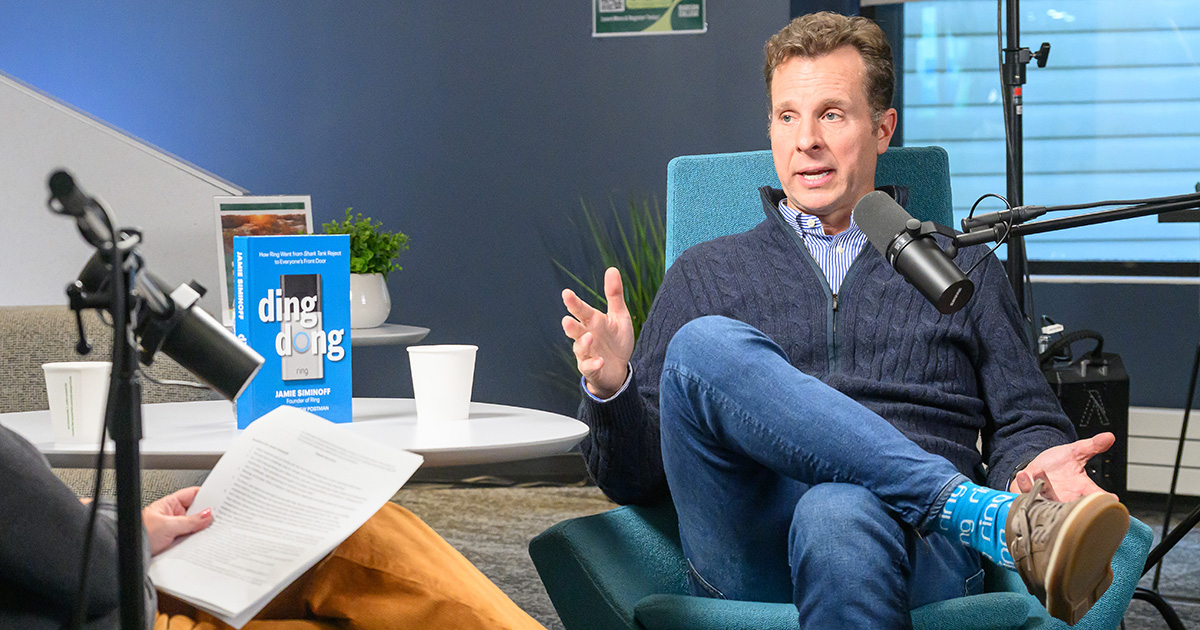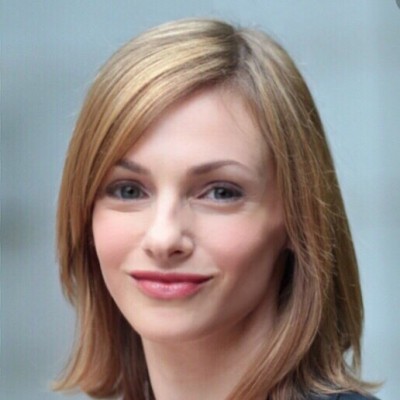Why the Big Pharma Business Model Must Change
The pharmaceutical industry is in the middle of a perfect storm. First, what has been termed a patent cliff has materialized with more than $150 billion in drugs coming off patent worldwide in 2011–2014. This is particularly disastrous for the industry.
With Big Pharma gross margins around 90% of revenue for established drugs, and sales and marketing at 30%, every dollar of lost revenue impacts operating profit by about $0.60. For example, Lipitor, at its peak a $13 billion drug worldwide for Pfizer, lost patent protection in the U.S. in November last year. With almost $8 billion in U.S. sales, this means a potential negative impact on operating profit of well more than $4 billion, approximately 30% of Pfizer’s 2011 operating profit. In that first week in November, off-patent, U.S. Lipitor sales plunged by more than 50%.
Companies have weathered patent issues in the past. This one is more troubling as R&D productivity, the value driver of the industry, have dropped precipitously. In a 2008 Goldman Sachs industry report on Big Pharma companies in the U.S., it was noted that in the past 10 years R&D spend had increased threefold while new molecules introduced to the market had decreased by 40%. This resulted in two outcomes. In the short run, the product pipeline development process was not robust enough for the pharmaceutical industry to weather the looming patent cliff. Of equal importance, however, was the long-run impact—the cost to discover and bring a new drug to market was increasing dramatically. The report concluded by stating that the business model for Big Pharma was broken.
This brings us to the third aspect of this perfect storm, the business model issue. How has the industry responded? Some players have responded the old fashioned way—investing more resources in R&D hoping to fill the pipeline. Eli Lilly has taken this a step beyond by moving to a more open innovation model partnering with firms in emerging markets to broaden its research and development capability—what it terms “more and better shots on goal.” Others have taken more drastic steps via mega-acquisitions. Pfizer acquired Wyeth for $68 billion. Likewise, Merck, with close to 80% of its revenue stream at risk due to the patent cliff, followed suit acquiring Schering-Plough for $41 billion. This clearly helped with pipeline issues but at what cost?
Building a Better Big Pharma Business Model
Andy Grove wrote an interesting reflection on his time at the helm of Intel, titled Only the Paranoid Survive. In it, he talked of the importance of recognizing inflection points in an industry’s life cycle—that point in time when the old ways of doing business no longer hold. A business model has three balls that must be juggled constantly. First, one must create value by meeting the needs of a targeted market segment in a manner such that the value in the mind of the customer is greater than the offered price. Then, one must deliver this value by marshaling and aligning resources to support processes necessary to meet the targeted customers’ needs in a manner that competitors would find difficult to imitate. And, finally, the last ball is to capture value. All this has to be done in a manner that results in increased investor value. Simply put, the cost to the company to deliver the value must be less than the price—that is, the target customers’ willingness to pay. When these three balls are juggled correctly, it results in profitable growth. Unfortunately, the perfect storm factors described above are changing the nature of the industry fundamentally, making this process of value creation, delivery, and capture extremely challenging.
The long-practiced business model for the pharmaceutical industry can be described as The Search for the Next Blockbuster. Find a large patient population with an important therapeutic need, spend on average about $1 billion to discover, develop, and launch a drug in the market, ensure strong patent protection, convince the market of the drug’s benefits by promoting it heavily, and then hope that annual sales exceed $1 billion (a blockbuster drug is one that has sales of at least $1 billion annually). When this business model works, the rewards are enormous. The large market size is essential since the costs incurred are so high and the process is highly risky since a large majority of attempts at drug discovery fail. This risk is justified only if the return is large enough. As mentioned above, in the 14.5 years Lipitor enjoyed patent protection, it generated some $125 billion in sales for Pfizer resulting in an estimated $80 billion in pre-tax operating profit. This is what researchers in the industry dream about every night. Although this is the extreme example, many other drugs have had success returning 40X to 50X the cost of development.
This blockbuster model did not work perfectly for all medical needs of society. What happens when the patient population or sales potential of a particular therapeutic need is small and so cannot justify the cost and risk of creating a treatment? Rational economic thought says these are not viable options for development. In the U.S., this industry-wide business model was abridged in the 1980s with passage of the Orphan Drug Act where pharmaceutical companies were given liberal tax incentives and market exclusivity for focusing on rare diseases with target populations of less than 200,000—a market segment size that held too high a risk for the traditional blockbuster model. But market exclusivity led to firms attaining monopoly status resulting in astronomically high costs for orphan drugs. The potential return had to be increased artificially to incentivize the development of these orphan drugs.
Targeted therapeutics are causing this inflection point today. Breakthroughs in genome mapping now allow drugs to be targeted at the molecular level. For instance, in the past chemotherapy treatments for a cancer type were nonspecific thus applicable to a large target group (i.e. market segment). But, by now focusing at the molecular level, these treatments can be much more specific. This holds great promise for patients since it is more effective with fewer side effects. But, how will these be developed given the now much smaller target market segment? Can economic logic justify current levels of R&D expenditures for smaller markets? The level of risk remains high, although some feel it is lower than for the blockbuster model. Still others suggest the government might need to step in and have a hand in this new era of drug discovery, as it did in the 1980s with orphan drugs.
With health care costs now about 17% of GDP for the U.S. this will be a challenge. Payers such as insurance companies and governments cannot afford prices akin to orphan drugs. Wall Street is now waiting. Pharmaceuticals were downgraded as a portfolio option a number of years ago due to the three factors discussed above, and there has been little upward movement since then. Pharmaceutical firms will have to chart a new course to once again be the foundation of investment strategies.
Posted in Insights




